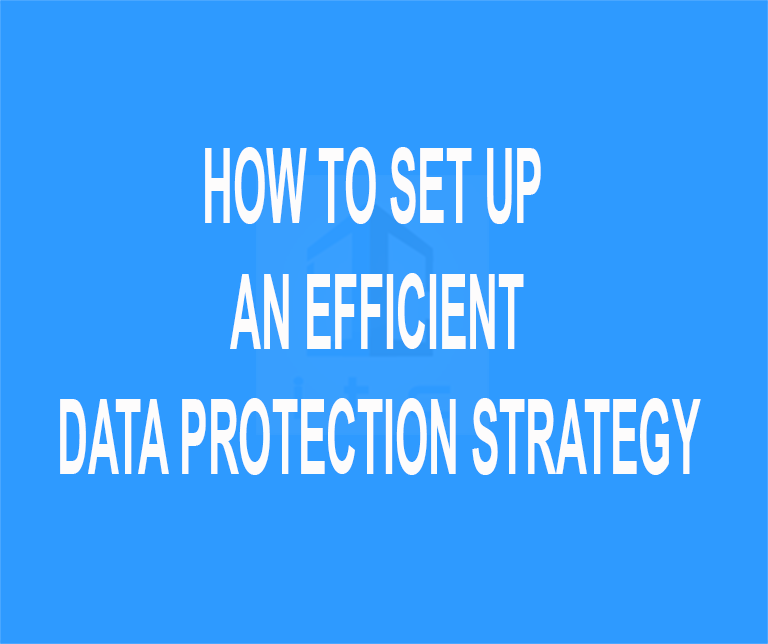Data is one of the most valuable assets that a business can have. This is why it is important to make sure that it is well protected and secure. The following practices will help you set up an efficient data protection strategy.

1. Back-up and remote data
Backing up your data is extremely important as you never know what may happen to your system. For instance, making offline copies is one of the best ways to protect data in the event of a natural disaster. Don’t forget to test this feature and make sure that your data can easily be recovered.
In addition, a lot of companies prefer moving their valuable information to a location different to their primary storage. Having their data in two different places gives business owners a peace of mind that they would be able to access it even if their first source is physically damaged.
2. Encryption and password protection
Encryption is another way to secure your data and is efficient especially in the event of someone stealing your data. For instance, if your computer gets stolen, the criminal would not be able to read through your data as due to the encryption, it would not make any sense.
On the other hand, choosing strong passwords is of great importance to protecting your data against hackers who use various ways of trying to break into your system. In addition, you should remember to never write your passwords down as this would decrease your level of security.
3. Security controls
Applying security controls over your data is another way to keep it out of hackers’ reach. Using a good firewall will prevent data from going to the wrong destinations or the wrong receiver.
In addition, you should always keep your anti-virus and anti-spyware software updated. A lot of companies do have them but they forget to apply the newest version which can often leave their business vulnerable to hacker attacks and malware.
4. Data and Information Lifecycle Management
Syntax IT Support London suggest that you use data and information lifecycle management to help you create your data protection strategy. Data lifecycle management implies the movement of data between online and offline storage. Critical aspects to consider are putting data considered to be finalized into the read-only format that cannot be edited or configuring the access of documents so they can only be viewed by certain people.
On the other hand, information lifecycle management is similar to data lifecycle management but it operates with information rather than raw data. The content of the information drives further decisions on where it needs to be stored and how it can be protected the best.
5. Manage employee data knowledge
It is important to let your employees understand the important role they play in maintaining the security level of your data. By making them aware of their contribution, you can ensure that they are more careful about sharing confidential information with external figures.
In addition, using a password manager to share passwords with your employees would be a good way of monitoring their access to different data. This would enable you to have a peace of mind when it comes to employees taking advantage of your valuable information.
6. Security policies
It is important that you set clear policies for employees to follow. For example, you can insist that no confidential information is shared over the phone. This way, you will ensure that they are keeping to the rules.
On the other hand, with the wide availability of computing devices and the increased mobility of employees, it is important to make sure that the network they are using is as secure as possible no matter where they work from.
You can also stay updated by subscribing to iTechCode.